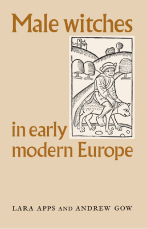By Gordon C. Chang
Ideas influence people. In particular, extremely well-developed sets of ideas shape individuals, groups, and societies in far-reaching ways. This book establishes these “idea systems” as an academic concept. Through three intense episodes of manipulation and mayhem connected to idea systems—Europe’s witch hunts, the Mao Zedong-era “revolutions,” and the early campaign of the U.S. War on Terror—this book charts the cognitive and informational matrices that seize control of people’s mentalities and behaviors across societies. Through these, the author reaches two conclusions. The first, that we are all vulnerable to the dominating influence of our own matrices of ideas and to those woven by others in the social system. The second, that even the most masterful manipulators of idea programs may lose control of the outcomes of programmatic manipulation. Amongst this analysis, sixty-plus central conceptual terminologies are provided for readers to analyze multiform idea systems that exist across space, time, and cultural contexts.
Cham: Springer Nature, 2023. 415p.







